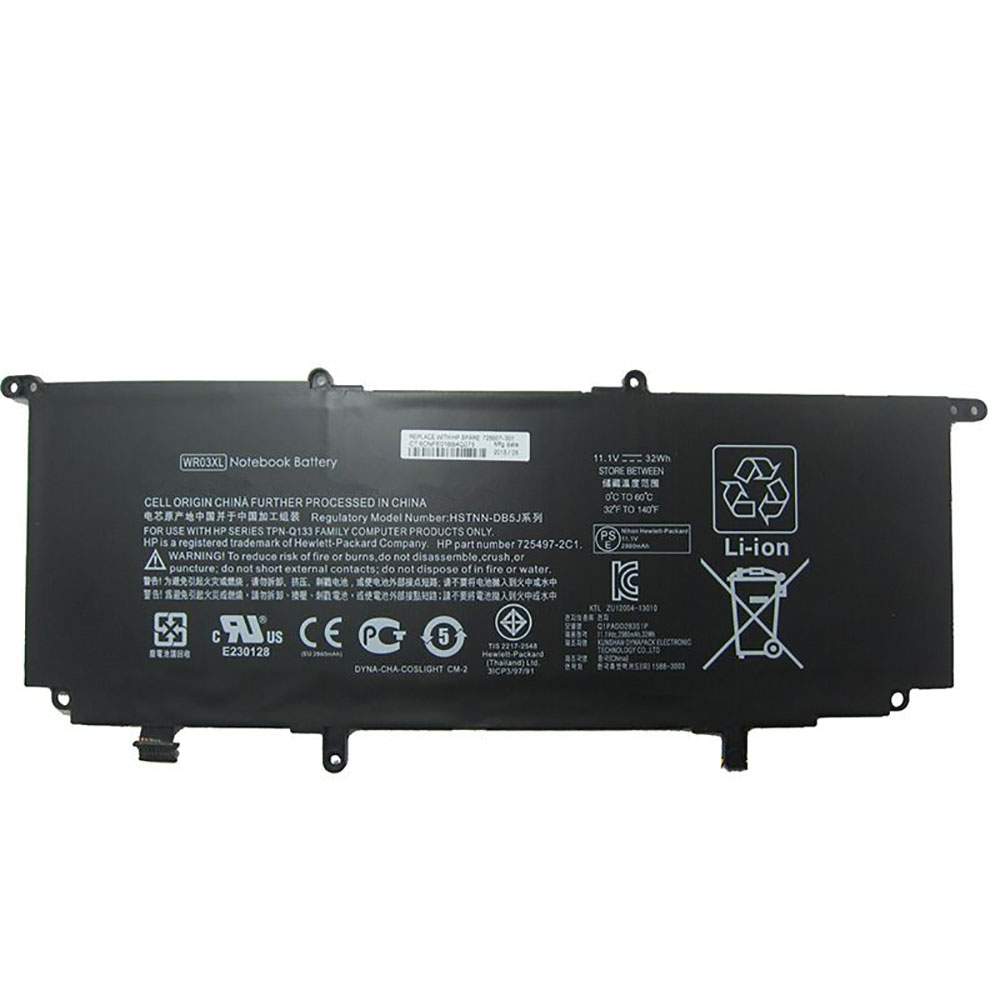Windows 10X is launching next year on a new wave of foldable PCs. Here’s what we know so far.
On October 2, Microsoft announced Windows 10X alongside the Surface Neo at a hardware event in New York City. Not much was shared around the OS itself, outside of a planned release window of “Holiday 2020” alongside the Surface Neo and a brief demo of the new user experience you can expect to see when it starts shipping. But just what is Windows 10X and what does it mean to you? Here’s everything we know.
Windows 10X is a new version of Windows 10 that Microsoft says has been built from the ground up for foldable PC experiences in both dual-screen and single-screen configurations. It’s built on top of a new modern version of Windows 10 that guts legacy components and features in favor of contemporary user experiences and enhanced security. This means everything from the Windows Shell to the underlying OS has been re-done with modern technologies, while still maintaining legacy app support for those who need it.
Legacy and modern app support
Win32 programs, which Microsoft considers to be a legacy app platform, now run in a containerized mode on Windows 10X. This means the components required to run Win32 apps are only active when the user is actively running a Win32 program. This reduces system load when not running a Win32 application, which improves battery life and system performance overall. Containerizing the Win32 layer also makes the OS much more secure, as Win32 programs are now sandboxed and can’t negatively affect system files.
Unlike the containerized Win32 programs, UWP and web apps run “natively” on Windows 10X. Users shouldn’t notice a difference in performance between UWP and Win32 programs, even though the Win32 programs are being containerized on top of the OS. It’s great to see that Microsoft is supporting legacy apps on Windows 10X, as many Windows apps today are still Win32.
Microsoft is hoping developers start to update their apps to support the new dual-screen and foldable screen designs that they expect to start shipping at the end of next year. A new feature called “spanning” is being introduced as an API that lets developers take advantage of the extended display capabilities from using a foldable PC. Microsoft will begin talking more about the developer story in the coming weeks.
A new user experience
Regarding the design, Windows 10X features a new shell — the user interface — built with modern technologies, that’s adaptive and can change on the fly depending on the “posture” your device is being used in. For example, with a foldable PC, the user might want to use it in several different ways; as a laptop, or tablet, or in tent mode for movies. Because of this, the software must be flexible and adapt on the fly to provide the best user experience no matter what posture you’re using.
The shell has been designed from the ground up with Microsoft’s Fluent Design System in mind, meaning it’s much cleaner and more consistent than the experience found on Windows 10 today. It has a new adaptive taskbar that minimizes when using touch, which can be swiped up to access pinned and running programs. There’s also a new Control Center that also houses system notifications, similar to an Android smartphone.
Pinned and running apps on the taskbar are now centered instead of positioned off to the left. Apps run in full-screen, as most foldable PCs will be used as tablets first and foremost. However, there will also be a mode that allows apps to run in a more traditional windowed environment, which will be handy when using a foldable PC as a laptop.
The Start menu itself has been redesigned with productivity in mind. It features a system-wide search bar along the top, with a grid of apps below that in place of live tiles. It also has a “recommended” area that suggests things the user might want to jump straight into, such as recent Office documents and websites.
Microsoft also improved Windows Update in a way that makes it much faster with Windows 10X. Feature updates will not take as long to install as they do on Windows 10, because those feature updates are now installed in the background without requiring a reboot until the update is done. So, just like Android and Chrome OS, when the update is ready to restart your PC, it’ll just restart like normal, and won’t take 15 minutes to finish installing the update before you’re back up and running.
Exclusive to foldables at launch
Windows 10X will only be available on devices that ship with it, and those devices will begin shipping in the second half of 2020. This means if you want to use Windows 10X, you will have to buy a new PC that comes with Windows 10X preinstalled. The OS will not be made available to purchase or download to install on existing hardware, and won’t be pushed as an update for Windows 10 users either.
In the future, we anticipate Microsoft will make Windows 10X available for more than just foldable PCs. While the OS will launch exclusivesly for foldables at the end of 2020, in the months after OEMs will be able to ship Windows 10X on traditional form factors such as laptops and 2-in-1’s, as the OS is capable of running on those form factors as well.

